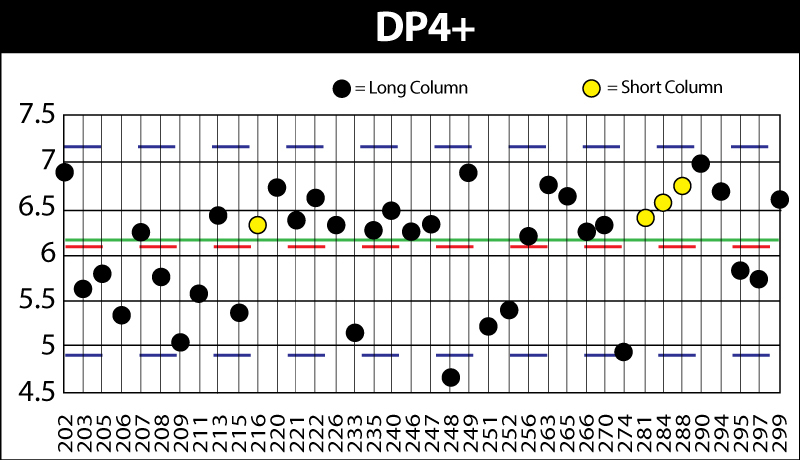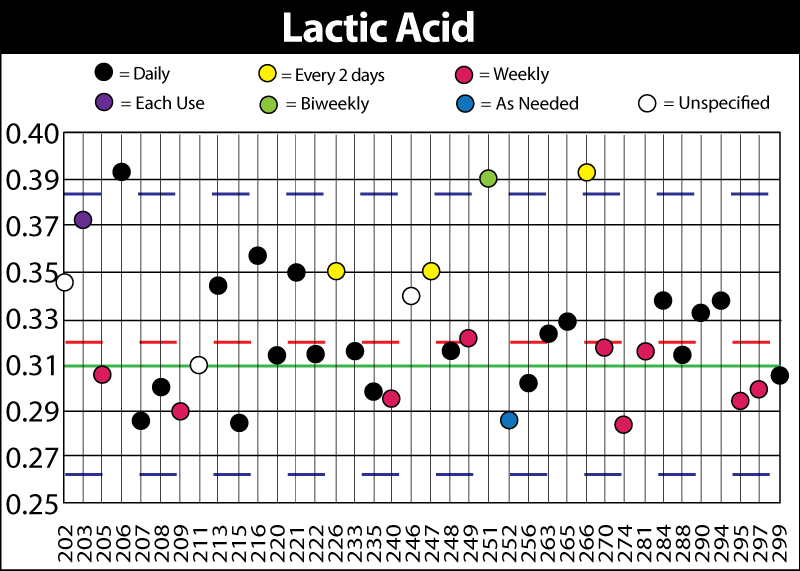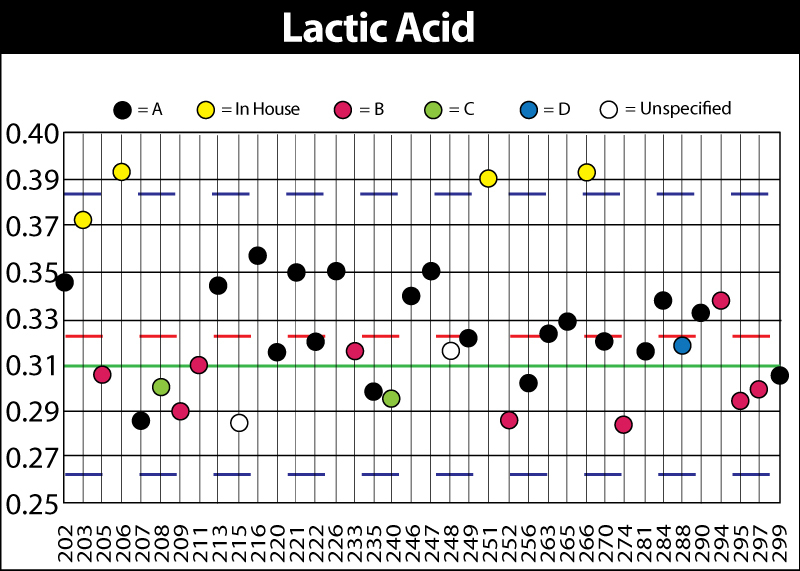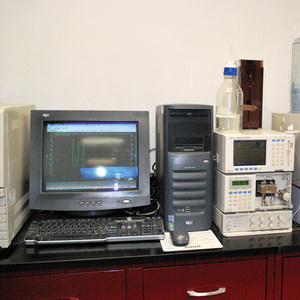Round Robins Give Lab Managers Feedback on Test Methods





PHOTO: SUSANNE RETKA SCHILL, BBI INTERNATIONAL
December 19, 2013
BY Wayne Mattsfield
Advertisement
Advertisement
Related Stories
Scientists at ORNL have developed a first-ever method of detecting ribonucleic acid, or RNA, inside plant cells using a technique that results in a visible fluorescent signal. The technology could help develop hardier bioenergy and food crops.
Production and use of renewable ethanol from ePURE members and other EU producers reduced greenhouse-gas emissions by an average of 79% compared to fossil fuels in 2024, according to newly certified data.
The National Corn Growers Association is calling on entrepreneurs, researchers, and startups to reimagine the potential of field corn by entering the fifth round of the Consider Corn Challenge. Applications are due June 30.
U.S. fuel ethanol production was down nearly 3% the week ending June 20, according to data released by the U.S. Energy Information Administration on June 25. Stocks of fuel ethanol were up 1% and exports fell by 33%.
The USDA recently released its Grain Crushings and Co-Products Production report for June, reporting that corn use for fuel ethanol in April was down when compared to the previous month, but up when compared to April of last year.





